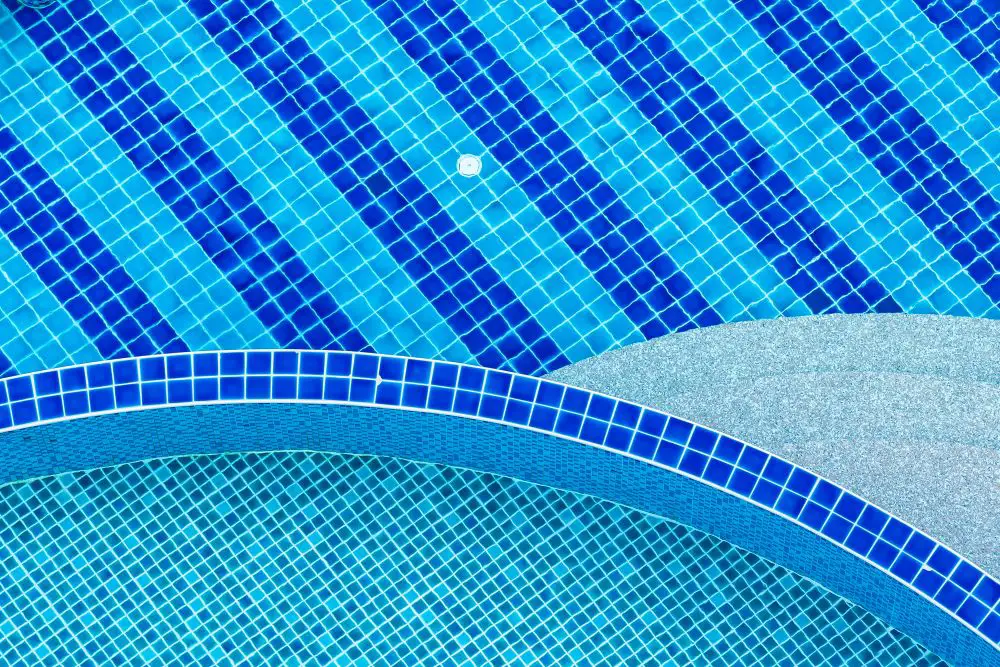Swimming pools(solar pool cover) are a source of joy and relaxation for many homeowners, providing a refreshing escape during hot summer days. However, owning a pool also comes with responsibilities, including the need to maintain water temperature and cleanliness. This is where solar pool covers come into play, offering an eco-friendly and cost-effective solution to enhance your swimming experience while minimizing environmental impact.

Contents
What is a Solar Pool Cover?
A solar pool cover, also known as a solar blanket or thermal blanket, is a specialized cover designed to harness the energy of the sun to heat and maintain the temperature of your swimming pool water. These covers are typically made from a durable, UV-resistant material that resembles bubble wrap. The bubbles on the cover serve as tiny solar collectors, trapping and retaining the sun’s heat to warm the pool water.
Benefits of Solar Pool Covers:
- Energy Efficiency: Solar pool covers are a sustainable and energy-efficient way to heat your pool. By harnessing the sun’s energy, they reduce the reliance on conventional heating methods, such as gas or electric heaters. This not only lowers your energy bills but also decreases your carbon footprint.
- Cost Savings: One of the most significant advantages of solar pool covers is their ability to save you money in the long run. By using natural sunlight to heat your pool, you reduce the need for electricity or gas-powered heaters, resulting in substantial cost savings over time.
- Temperature Regulation: Solar pool covers not only heat the water but also help to retain the warmth. By preventing heat loss through evaporation, these covers act as an insulating barrier, maintaining a comfortable swimming temperature even during cooler evenings or cloudy days.
- Reduced Water and Chemical Evaporation: The cover acts as a protective barrier, significantly reducing water and chemical evaporation. This not only conserves water but also minimizes the need for additional chemicals, contributing to a more sustainable and cost-effective pool maintenance routine.
- Extended Swimming Season: With a solar pool cover, you can extend your swimming season beyond the traditional summer months. Enjoy your pool earlier in the spring and later in the fall without worrying about chilly water temperatures.
- Easy Installation and Maintenance: Solar pool covers are easy to install and require minimal maintenance. Most covers can be trimmed to fit the shape and size of your pool and can be easily rolled up or removed when not in use. Regular cleaning is straightforward, requiring only a gentle brush or hose to remove debris.
Advanced Features and Considerations:
- Solar Rings and Liquid Solar Covers: In addition to traditional solar pool covers, there are innovative alternatives such as solar rings and liquid solar covers. Solar rings are floating devices that resemble lily pads and are equipped with solar cells to capture sunlight. Liquid solar covers, on the other hand, are chemical additives that form a microscopic layer on the water’s surface, reducing evaporation and heat loss.
- Environmental Impact: Choosing a solar pool cover aligns with eco-conscious living. By reducing the need for conventional heating methods, you contribute to a lower demand for non-renewable energy sources. Additionally, the decreased use of chemicals and water conservation further minimizes the environmental impact of pool ownership.
- Customization and Compatibility: Solar pool covers come in various sizes and shapes, allowing for customization to fit pools of different dimensions. Ensure that you choose a cover compatible with your pool size and shape for optimal effectiveness. Some covers also come with reel systems, making it easier to deploy and store the cover when not in use.
- UV Resistance and Durability: The durability of a solar pool cover is crucial for its long-term effectiveness. Look for covers made from UV-resistant materials that can withstand prolonged exposure to sunlight. High-quality covers are designed to resist degradation from the sun’s rays, ensuring a longer lifespan.
- Installation Tips: Proper installation is key to maximizing the benefits of a solar pool cover. Ensure that the cover is placed bubble-side down to allow for optimal heat absorption. Trim the cover to fit the pool’s shape and use a reel system for easy deployment and removal. Regularly clean the cover to remove debris and maximize its heat-retaining capabilities.
- Local Climate Considerations: The effectiveness of a solar pool cover can be influenced by the local climate. In sunnier regions, these covers can be highly efficient, while in areas with frequent cloud cover, the impact may be somewhat reduced. Nevertheless, even in less sunny climates, solar pool covers can still contribute to energy savings and temperature maintenance.
Conclusion:
Solar pool covers represent a smart and environmentally friendly investment for pool owners, offering a range of benefits from energy efficiency to cost savings and extended swimming seasons. As technology continues to advance, we can expect even more innovative solutions to enhance the effectiveness of these covers. Embracing solar technology in pool maintenance not only makes financial sense but also demonstrates a commitment to sustainable living practices. So, dive into the future of pool ownership with a solar pool cover, and let the power of the sun transform your swimming experience.
In the quest for more sustainable and eco-friendly living, solar pool covers emerge as a practical and effective solution for pool owners. By harnessing the power of the sun, these covers not only provide a comfortable swimming environment but also contribute to energy conservation and cost savings. Investing in a solar pool cover is a step towards responsible pool ownership, aligning with the growing movement towards sustainable and green living practices. So, why not let the sun do the work and make your pool not just a source of joy but also a beacon of eco-consciousness?
